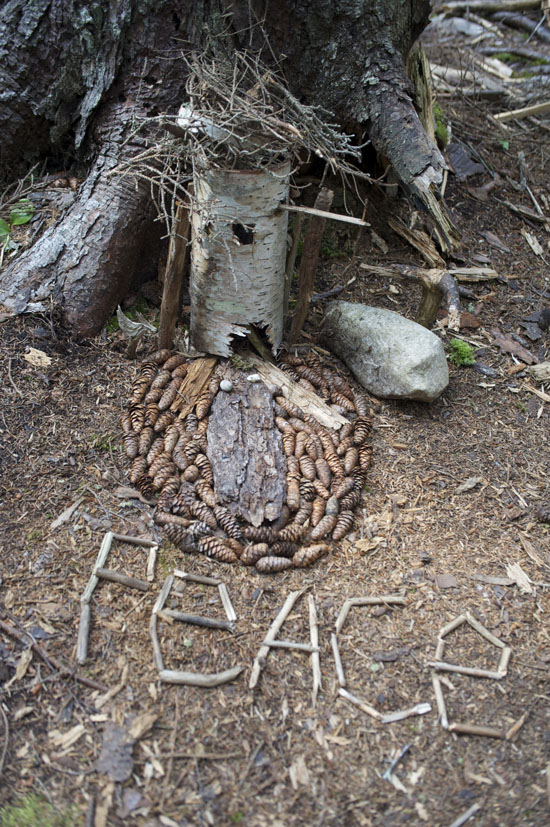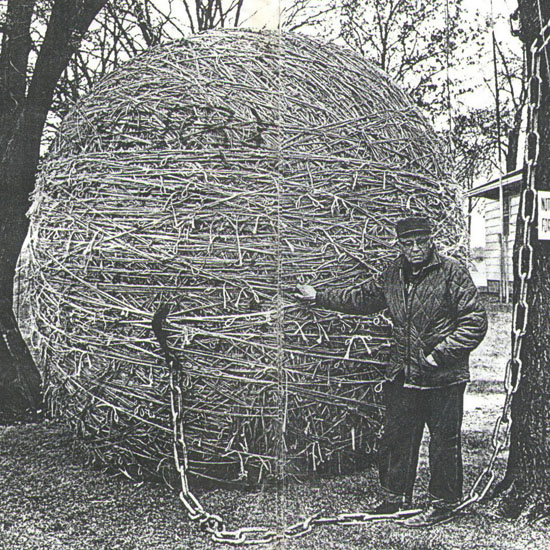


 We visited Monhegan Island inMaine http://www.monheganwelcome.com earlier this month in search of seafood and photos and some of Maine’s most beautiful coastline. The island has no paved roads — but miles of trails, that are easy to navigate thanks to Monhegan Associates’ trail maps available in stores and trailside boxes all over the island. Visitors are advised not to miss the shipwreck, lighthouse, museum, and the many
We visited Monhegan Island inMaine http://www.monheganwelcome.com earlier this month in search of seafood and photos and some of Maine’s most beautiful coastline. The island has no paved roads — but miles of trails, that are easy to navigate thanks to Monhegan Associates’ trail maps available in stores and trailside boxes all over the island. Visitors are advised not to miss the shipwreck, lighthouse, museum, and the many
artists’ studios open to the public and to appreciate the abundant plant life and bird population. One of our favorite sites, however, was not listed in any of the literature. We were delighted when we stumbled upon an art colony of tiny structures populating Trail 11. Reminiscent of the World Beach Project https://arttextstyle.com/2010/05/14/eco-art-news-world-beach-project, in which beachgoers create sculptures of stones, visitors to Trail 11 have created small sculptures of sticks, bark, pinecones, leaves and shells. Some are more accomplished than others, but it was the sheer
volume that impressed us. We stopped counting at 100, but until then, we had great fun looking behind tree roots, around rocks, in branches and creeks to find as many as we could. And, we couldn’t leave without making a contribution; Carter, our budding artiste, created the word “ART” out of large sticks.







It’s Never Too Early: How to Buy Art in Your 20s
Lizzie Farey($1,800), Deborah Valoma($1,700) and Stéphanie Jacques($1,200). Photo by Tom Grotta
Thanks to the DIY movement and a mass of online and cable design and decor resources, we’ve never had more encouragement to create environments that inspire and invigorate. Art can be an essential element of such an environment and investing in art need not be a bank breaker. Domino, a curated site that encourages readers to “bring your style home,” offers several tips for buying art in your 20s, including not buying too big and not being afraid to invest http://domino.com/how-to-buy-art-in-your-twenties/story-image/all. We at browngrotta arts have a few additional thoughts:
INYO (95-2), Tsuruko Tanikawa, brass and iron wire, coiled and burned, 7.5″ x 6.5″ x 14″, 1995 ($1,200)
1) Think objects: If you are in your first apartment or are fairly certain that a move is in your future, Ceramics, Art Baskets, Glass sculptures can be easier to place in your next home than a large wall piece may be.
Naomi Kobayashi Red & White Cubes ($1,000 each)
2) Invest for impact: Prints are generally less expensive than originals, editions less expensive than a one off. And you will find that some mediums are, in general, priced more accessibly than others. Art textiles and fiber sculpture are an example. Work by the best-known artists in the field go for under a million dollars, compared to tens of million dollars for paintings by well-recognized artists. You can start small with works in fiber, ceramics and wood, and create a small, but well-curated, collection. Consider Naomi Kobayashi, a Japanese textile artist whose work is in the permanent collection of many museums, including the Metropolitan Museum of Art and whose work can be acquired for $1000. Or an up-and-coming artist like Stéphanie Jacques from Belgium, whose masterful multi-media works address issues of gender and identity, and begin at prices below $1500.
GRAY WITH BLACK, Sara Brenan, wool & silks linen, 12.5” x 19”, $1,900 photo by Tom Grotta
3) Take advantage of digital placement: Reviewing art online is a great way to expose yourself to a wide variety of work, and develop your personal aesthetic. Once you’ve found a work that appeals, digital placement can give you a greater level of confidence before you press “Buy.” At browngrotta arts, we ask clients to send us a photo of the space the propose to install the work. We can digitally install the piece, to scale and with shadow, so you have a sense of how will work there.
32pc CONSTRUCTION III, Pat Campbell, rice paper, reed, 8″ x 7.5″ x 5.5″, 2002
4) Document: If the work you purchase has appeared in a book or a catalog, make sure you get a copy. Ask the seller for any information he/she has on the artist for your files. On each artist’s page on browngrotta.com, you can find a list of publications in which the artist’s work appears. The documentation is good to have for insurance and appraisal purposes and you can watch as the artist’s cv —hopefully — expands in the next several years.
5) Buy for love: It’s great to learn 10 years down the road that a work of art you purchased has appreciated and is worth more than you paid for it. We’d argue, though, that if you’ve enjoyed owning it for 10 years, and thought each time you looked at it, “I really love that piece,” you’ll have gotten your money’s worth, and enriched your life in the process.